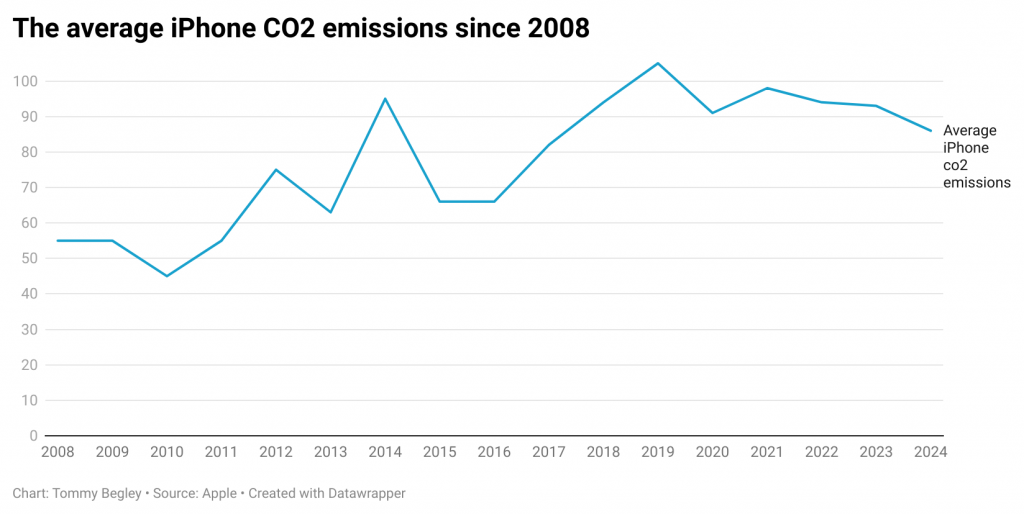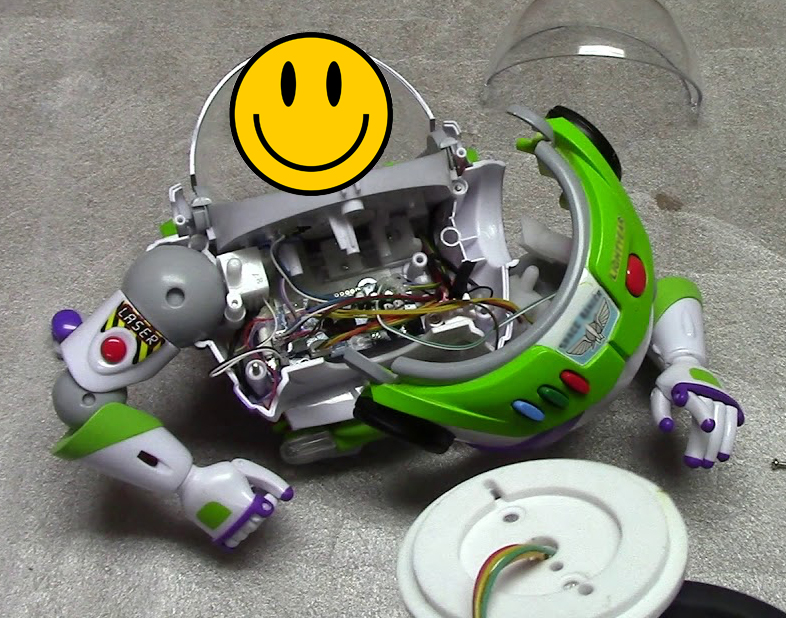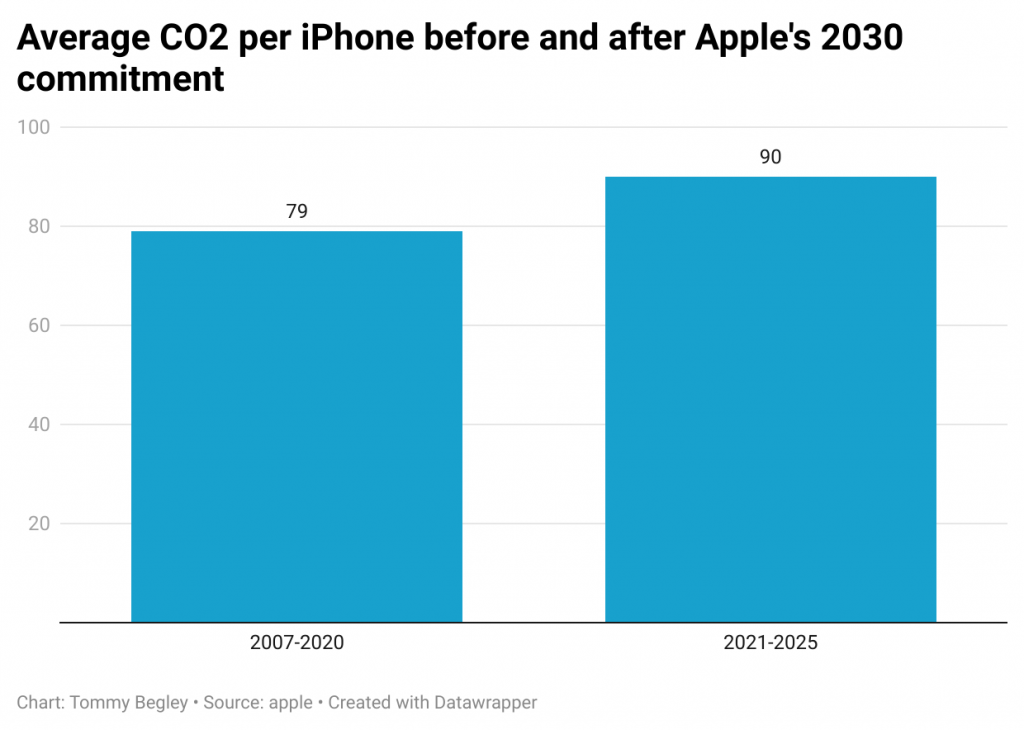With over 46 different models, it’s no surprise that iPhones are everywhere. But how environmentally friendly is the process of making them?
You can buy a new one from a shop, pick up a used one online, or grab one from that drawer full of them in the kitchen. Mobile phones are everywhere; you can’t escape their radiation, yet companies keep on making more. Regardless of how you got hold of your current blower, the journey from quarry to pocket is an environmentally devastating one.
According to a study by Lancaster University, the information and communications technology sector could amount to as much as 2.8% of the current global greenhouse emissions, rising to as much as 3.9% in the coming years. That takes into consideration everything from AI infrastructure to smartwatch production. To put this in perspective, global aviation contributes 2.5% of the world’s carbon emissions.
According to the price comparison company Uswitch, Apple is by far the most popular mobile phone supplier in the UK, dominating 50% of the market in 2023, with Samsung trailing behind at 30% share.
With the iPhone 17 arriving this autumn, can we bear the environmental costs of yet another incremental upgrade? Well, if we look at it from a CO2 perspective, one top-spec iPhone 16 belches out 97kg of CO2 from production to retirement, according to Apple, this is the same as driving your car 225 miles from Birmingham to Penzance.
Harmful histories
Despite Apple’s public commitment to lowering its impact on the environment, the carbon footprint of the iPhone has risen by 76% since 2008.

Perhaps more startling is how many versions of the iPhone have been released since 2007 — a whopping 46 different models. This could rise to 51 by the end of 2025, with the (likely) five more iPhone 17 versions to come out in the next 12 months.
However, if we scale up and take into consideration all of the phones Apple has ever produced, the numbers get incomprehensibly vast. According to Statista, Apple has produced over 1.5 billion iPhones. An average of 83kg of CO2 produced per phone totals 124.5 billion kg of CO2 since 2007, the same CO2 produced as driving your car around the world forty-six billion times. Or driving for just under half a lightyear.

Production pollution
According to Apple’s own statistics, on average 78% of these CO2 emissions come from the production of the iPhone, only 3% from transportation and 18% from product use. This puts the onus on Apple rather than its customers to lower emissions to a more sustainable standard.
In 2020, Apple committed to reach zero net emissions by 2030. To do this, they say they are, “Cutting the majority of emissions through innovations in materials, clean energy and low-carbon shipping.”
However, since 2020, the year the iPhone 12 iterations were released, CO2 emissions have risen on average per unit. Since then, 19 new phones have been produced, with an average of 90kg CO2 per phone, 11kg CO2 higher than their pre-2020 average.

We reached out to Apple for comment on why this might be. However, they have yet to respond to our request.
What can we mere mortals do to try and cut our contribution to this CO2 extravaganza? As previously mentioned, 78% of the iPhone’s CO2 emissions come from production, not usage. Companies like Apple sell refurbished phones at a lower cost. However, they usually come with brand-new replacement batteries, screens and other parts. Through purchasing a refurbished phone, you’re reducing the damage – but by buying a second-hand phone, you could reap some serious carbon savings over a phone fresh from the factory.

